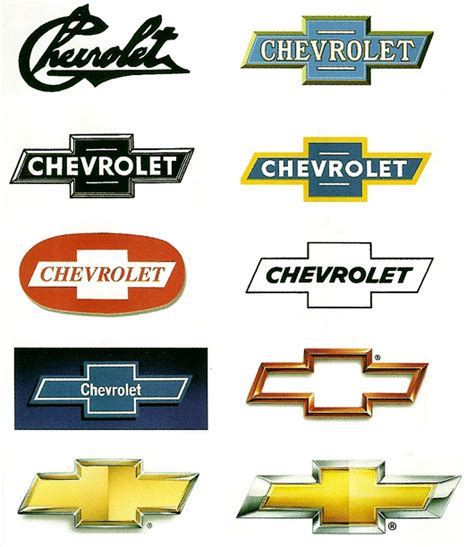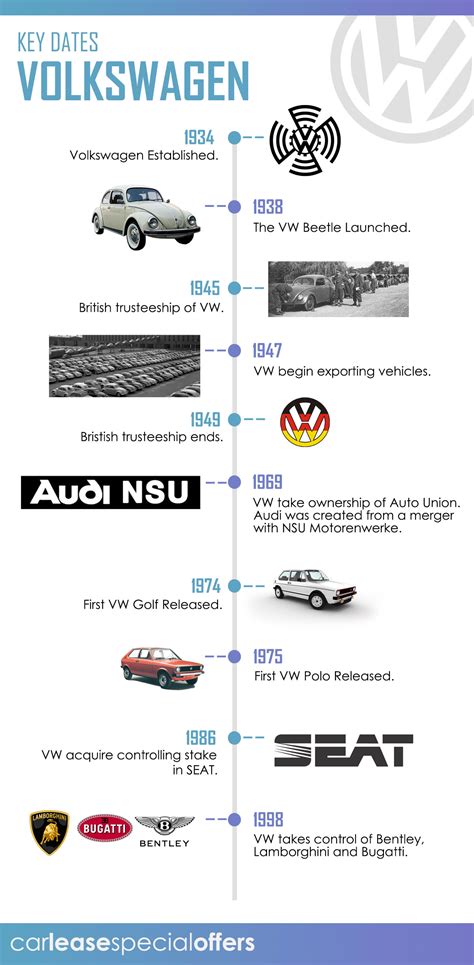Discover the rich history of Graham-Paige, from its origins and iconic models to its impact on the Great Depression and World War II. Learn about the lasting legacy of this iconic company.
The Origins of Graham-Paige
Contents
The history of Graham-Paige car company dates back to the 1910s, when brothers Joseph B. Graham and Robert C. Graham teamed up with Ray A. Graham to establish the company. The company initially started as an automobile manufacturer, producing vehicles under the Graham-Paige brand. The brothers had previously been involved in the manufacturing of car bodies for a variety of different companies, and their experience in the industry led to the formation of their own company.
By the mid-1920s, Graham-Paige had cemented its position in the automotive industry and was known for producing high-quality vehicles. The company’s innovative designs and commitment to excellence quickly made them stand out among their competitors. This early success laid the foundation for the iconic status that Graham-Paige would go on to achieve in the coming years.
In 1927, Graham-Paige acquired the prosperous automaker, Paige-Detroit Motor Car Company, which significantly expanded their production capacity and market presence. The merger allowed the company to introduce a wider range of models and further establish their reputation for producing reliable and stylish vehicles. The acquisition also marked a significant turning point in the history of Graham-Paige, propelling them to greater heights in the automotive industry.
As the company continued to grow and thrive, it became synonymous with innovation and luxury, solidifying its position as a prominent player in the automotive market. The origins of Graham-Paige reflect the entrepreneurial spirit and dedication of its founders, and their vision has left a lasting legacy in the history of the automotive industry.
The Development of Iconic Models
One of the most defining aspects of the Graham-Paige Car Company is the development of its iconic models. These vehicles became synonymous with style, performance, and luxury, setting them apart from their competitors in the automotive industry. The company was known for producing vehicles that were not only innovative in design but also reliable on the road.
Each model that was released by Graham-Paige represented a significant milestone in automotive history. From the sleek lines of the Blue Streak to the powerful performance of the Supercharger, these iconic models continue to captivate car enthusiasts to this day. The development and production of these vehicles played a vital role in shaping the identity of the Graham-Paige Car Company.
With each new model, Graham-Paige demonstrated its commitment to innovation and quality, solidifying its reputation as a leader in the automotive industry. Whether it was through advanced engine technologies, cutting-edge design elements, or luxurious interior features, each iconic model showcased the company’s dedication to excellence.
In addition to their impressive performance and design, the iconic models of Graham-Paige also represented a lifestyle. They symbolized a sense of adventure, freedom, and status, attracting a loyal following of enthusiasts who cherished the prestige associated with owning one of these celebrated vehicles. The development of these iconic models not only contributed to the success of the company but also left an indelible mark on the history of the automotive industry.
The Impact of the Great Depression
The impact of the Great Depression on the Graham-Paige Car Company was significant. During the 1930s, the company, like many others, faced immense challenges as a result of the economic downturn. Sales of automobiles plummeted, and many potential customers could no longer afford to purchase a new car. This led to a sharp decline in revenue for Graham-Paige, forcing the company to make difficult decisions in order to stay afloat.
As the Great Depression persisted, Graham-Paige struggled to maintain its production and distribution network. The company was forced to lay off workers and reduce production capacity in response to declining demand. The economic hardships of the era had a profound impact on the entire automotive industry, and Graham-Paige was no exception.
Despite these challenges, the company managed to weather the storm and began to recover as the economy slowly improved. Graham-Paige’s resilience during the Great Depression demonstrated its ability to adapt and survive in the face of adversity. This difficult period in the company’s history ultimately shaped its future direction and approach to business.
The impact of the Great Depression on Graham-Paige serves as a reminder of the profound and lasting effects of economic downturns on businesses and industries. It was a defining moment in the company’s history, testing its strength and determination to overcome unprecedented challenges.
The Company’s Role in World War II
Graham-Paige Car Company played a crucial role in World War II by supporting the war effort through the production of military vehicles and equipment. The company shifted its focus from manufacturing civilian cars to producing military trucks, aircraft engines, and other essential wartime machinery. This transition allowed Graham-Paige to contribute significantly to the United States’ war production efforts and help supply the Allied forces with the necessary resources.
During World War II, the demand for military vehicles and equipment was at an all-time high, and Graham-Paige rose to the occasion by retooling its factories to accommodate the production of war materials. The company’s expertise in automobile manufacturing made it well-suited to produce durable and reliable military trucks, which were essential for transporting troops, supplies, and equipment on the battlefield.
In addition to military trucks, Graham-Paige also played a role in producing aircraft engines that powered the Allied warplanes. The company’s contribution to the aviation industry during the war helped support the United States’ air superiority and bolster the Allied air force’s capabilities.
Furthermore, Graham-Paige’s involvement in World War II extended beyond manufacturing military vehicles and equipment. The company also provided support services and resources to help maintain and repair military machinery, ensuring that the Allied forces had the necessary infrastructure to sustain their wartime operations.
In conclusion, Graham-Paige’s role in World War II was instrumental in supporting the Allied war effort and contributing to the overall success of the war. The company’s dedication to producing high-quality military vehicles and equipment helped provide the Allied forces with the tools they needed to achieve victory, and its legacy in the war industry continues to be remembered and celebrated to this day.
The Legacy of Graham-Paige
The legacy of Graham-Paige is one of innovation, craftsmanship, and resilience. Despite facing numerous challenges and setbacks, the company left a lasting impact on the automotive industry.
One of the most enduring aspects of Graham-Paige’s legacy is their commitment to quality and excellence. From their early years, the company was known for producing iconic models that were ahead of their time in terms of design and performance. This dedication to innovation set them apart from their competitors and earned them a loyal customer base.
Another key part of Graham-Paige’s legacy is the role they played during World War II. Like many other automobile manufacturers, they shifted their production to support the war effort, producing vehicles and equipment for the military. This contribution not only demonstrated their adaptability and resilience but also showcased their commitment to serving their country in a time of need.
While the company ultimately faced challenges and eventually ceased production, their legacy lives on through the influence they had on the automotive industry and the impact they made on the world stage. Their commitment to excellence, innovation, and service continues to inspire the industry to this day.













